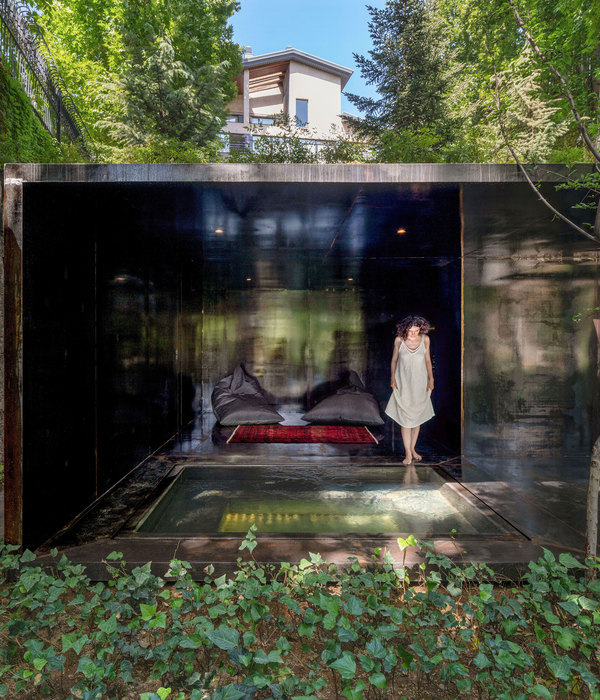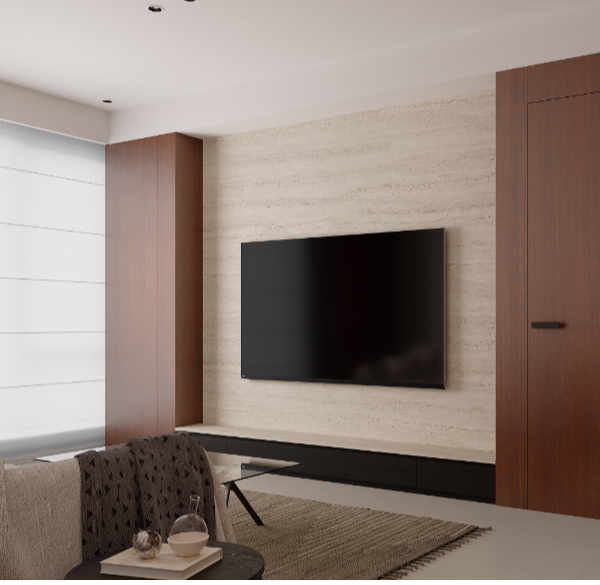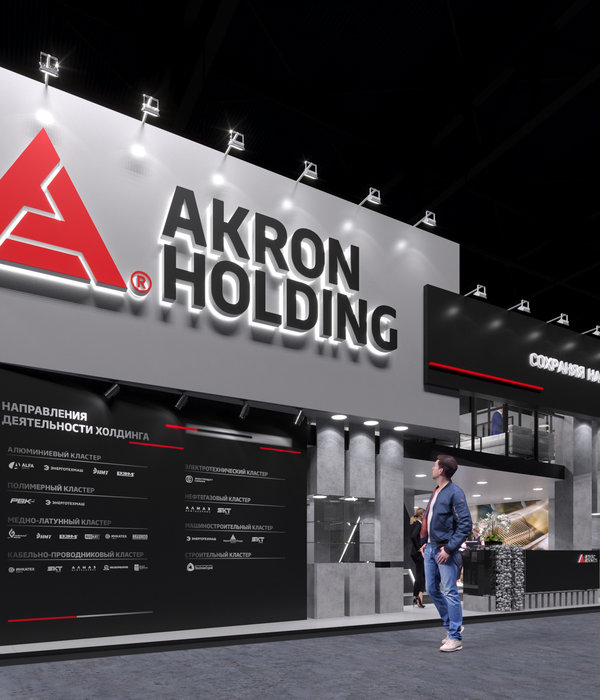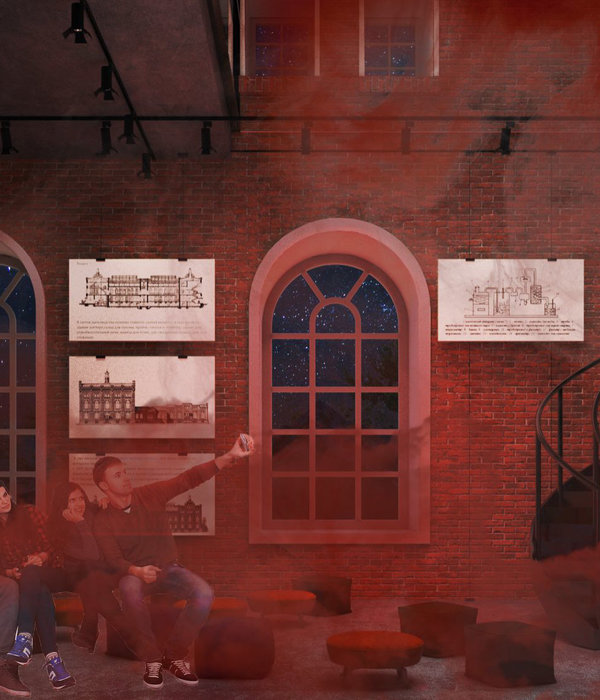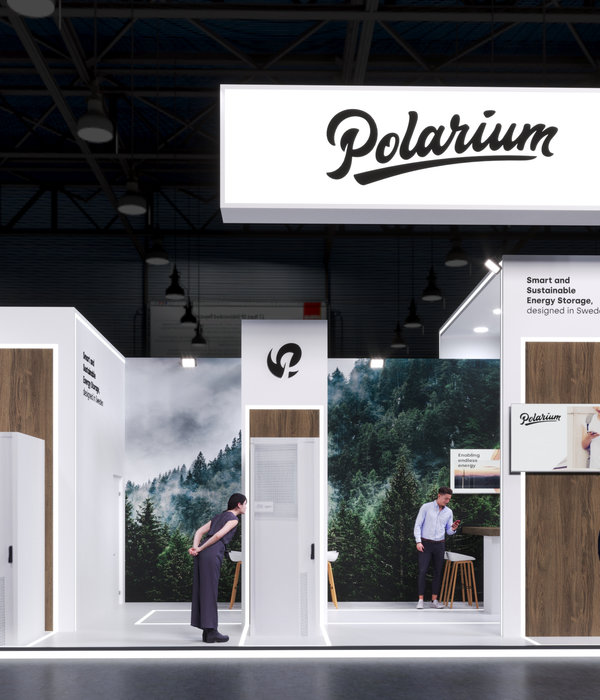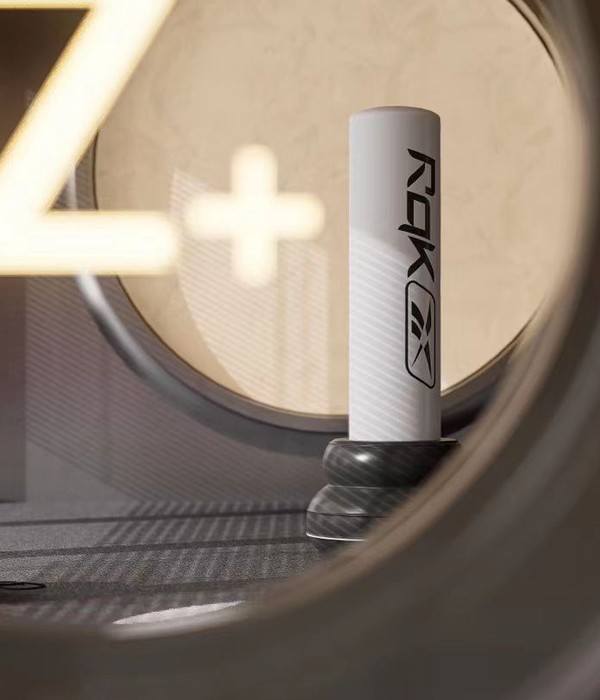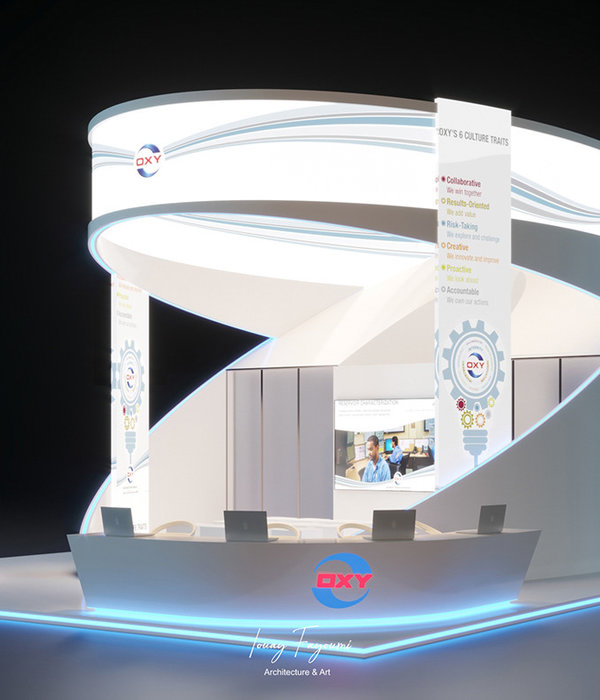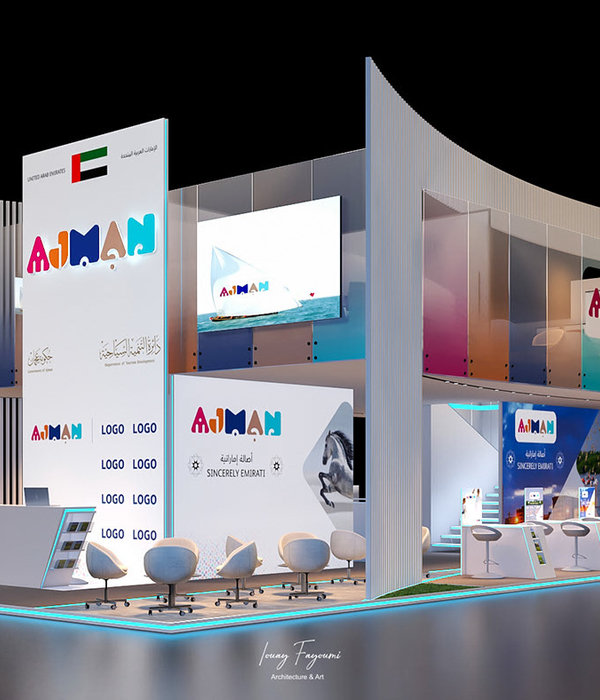Architects:IUA Ignacio Urquiza Arquitectos, WORKac
Area :2500 ft²
Year :2022
Photographs :Arturo Arrieta
Structural Engineering :BVG
Landscape Architecture :Genfor Landscaping
Wor Kac Principals : Amale Andraos, Dan Wood
Iua Principal : Ignacio Urquiza
Team : Michela Lostia di Santa Sofía, Eder Hernández, María del Mar Carballo, Ana Laura Ochoa, Anet Carmona, Noé García, León Chávez, Fernando Tueme, Sacha Bourgarel
City : Mexico City
Country : Mexico
For the design of two PILARES Centers in Mexico City, WORKac partnered with the Mexican architecture firm Ignacio Urquiza Arquitectos. Located in the Lomas de Becerra and Azcapotzalco neighborhoods, PILARES (which stands for Puntos de Innovación, Libertad, Arte, Educación y Saberes or Innovation, Freedom, Art, Education, and Knowledge Hubs) is a project spearheaded by Mexico City’s government in order to establish spaces for education and culture that contribute to education, skill development, gathering, and exchange among the city’s inhabitants. The PILARES structures are a series of strategically-located public buildings across Mexico City, situated in areas experiencing high levels of vulnerability and poverty.
These community-oriented spaces offer areas designed for study and learning, as well as free artistic, sports, and recreational activities and workshops dedicated to supporting entrepreneurship, skills, and professional development. Programs include continuing education, robotics, screenprinting, electronics, cookery, and jewelry workshops, among others.
Mexico City covers an area of around 1,400 square kilometers and is a diverse and complex territory that is divided into sixteen boroughs. The city itself forms part of the Metropolitan Zone of the Valley of Mexico which has a population of almost 22 million inhabitants, many of whom lack spaces for education and cultural activities. The PILARES are established at strategic points in each of these boroughs, where poverty rates are high and access to education and exposure to arts and culture is limited. The sites selected for their construction create new landmarks in the urban fabric, enabling the population to identify them as community meeting centers that promote the regeneration of social life.
PILARES Lomas de Becerra is located at a dense intersection in a hilly part of Mexico City, surrounded by lively pedestrian streets. The shape of the building is informed by the existing trees on the site and by the creation of a public plaza on the corner. The diagonal opening on the ground floor provides clear and free-flowing pedestrian routes in every direction, inviting users to walk around the plaza and enter the building. The diagonal walls set in the plaza serve to organize the transition between inside and outside. The ground floor is open, and the interior space is marked by a lightweight glass façade that opens outwards, expanding the plaza space towards the street level, making it accessible to pedestrians and to the whole community for use as a place of encounter and at which to enjoy cultural and social activities.
WORKac and IUA carefully studied the city’s PILARES already in operation in order to better understand how various neighborhoods and communities have adapted the various centers to their needs. Through this and the studying of the program of our PILARES, developed through the city’s close engagement with each neighborhood’s community stakeholders, flexibility emerged as a key aspect of the project. Instead of assigning various programs to separate spaces, we created a central staircase that acts as a continuation of the public plaza throughout the entire building, pushing infrastructural needs to the perimeter and allowing furniture to be reorganized seamlessly and to flow from one floor to the next as needed. This flexible approach leaves open the possibility for changes to the program over the lifetime of the building and allows it to evolve and adapt freely.
We took inspiration from the neighborhood's beautiful vibrant colors. The use of color in Mexican architecture is an element that has been transformed and reinterpreted in the hands of many artists and architects across generations. The principal material is exposed concrete which features a ridged texture on the exterior and a smooth surface on the interior. It was chosen for its construction, structural efficiencies, and thermal and aesthetic qualities. In appearance, the volume is simple and compact, with a strong character that confirms its presence as a public building, while allowing porosity on the ground. floor and large openings above to render it accessible, inviting, and in close dialogue with the surrounding neighborhood and urban fabric.
▼项目更多图片
{{item.text_origin}}

